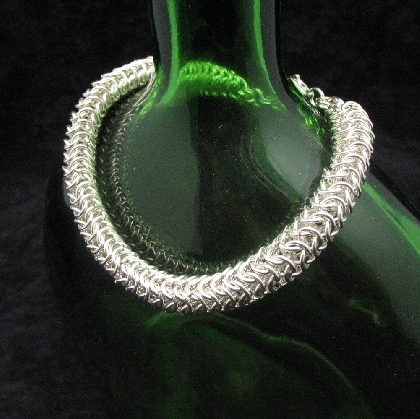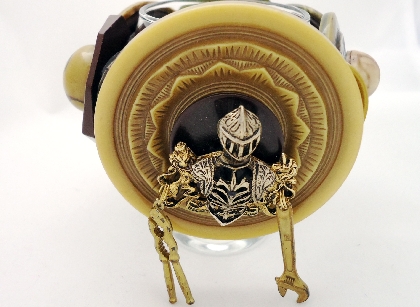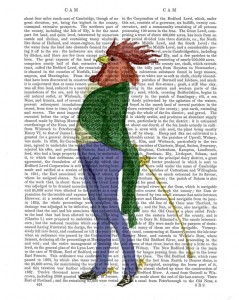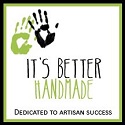Departments
Search
Follow Us
Tags
Latest Highlights
IBH
“Guldensporenslag”
 The reason for the battle was a French attempt to subdue the County of Flanders, which was
The reason for the battle was a French attempt to subdue the County of Flanders, which was
formally part of the French kingdom and added to the crown lands in 1297 but resisted centralist
French policies. In 1300, the French King Philip IV appointed Jacques de Châtillon as governor
of Flanders and took the Count of Flanders, Guy of Dampierre, hostage. This instigated
considerable unrest among the influential Flemish urban guilds. After being exiled from their
homes by French troops, the citizens of Bruges ( I have been to Bruges, beautiful little town)
went back to the city and murdered every Frenchman they could find on May 18, 1302, an act
known as the Brugse Metten. According to legend, they identified the French by asking them
to pronounce a Dutch phrase, schilt ende vriend (shield and friend) and everyone who had
a problem pronouncing this shibboleth was killed.
 The French king could not let this go unpunished, so he sent a powerful force led
The French king could not let this go unpunished, so he sent a powerful force led
by Count Robert II of Artois. The Flemish response consisted of two groups, one of
3,000 men from the city militia of Bruges, was led byWilliam of Jülich, grandson of
Count Guy and Pieter de Coninck, one of the leaders of the uprising in Bruges.
The other group of about 2,500 men from the suburbs of Bruges and the coastal areas,
was headed by Guy of Namur, son of Count Guy, with the two sons of Guy of
Dampierre; the two groups met near Kortrijk. From the East came another 2,500 men,
led by Jan Borluut from Ghentand yet another 1,000 men fromYpres, led by Jan van
Renesse from Zeeland.
The Flemish were primarily town militia who were well equipped, with such
weapons as the goedendag and a long spear known as the geldon. They were
also well organized; the urban militias of the time prided themselves on their
regular training and preparation, which allowed them to use the geldon.
They numbered about 9,000, including 400 nobles. The biggest difference
from the French and other feudal armies was that the Flemish force consisted almost solely
of infantry with only the leaders mounted, more to express their leadership than for combat.
The French were by contrast a classic feudal army made up of a core of 2,500 noble cavalry,
including knights and squires. They were supported by 1,000 crossbowmen, 1,000 spearmen
and up to 3,500 other light infantry, totaling around 8,000.
Contemporary military theory valued each knight as equal to roughly ten infantry.
 After the Flemish unsuccessfully tried to take Kortrijk on July 9 and 10, the two forces clashed
After the Flemish unsuccessfully tried to take Kortrijk on July 9 and 10, the two forces clashed
on July 11 in an open field near the city. The layout of the field, crossed by numerous ditches
and streams, made it difficult for the French cavalry to charge the Flemish lines.
They sent servants to place wood in the streams but did not wait for this to be done.
The large French infantry force led the initial attack, which went well but French commander
Count Robert II of Artois recalled them so that the noble cavalry could claim the victory.
Hindered by their infantry and the tactically sound position of the Flemish militia, the French
cavalry were an easy target for the heavily-armed Flemish. When they realized the battle was
lost, the surviving French fled, only to be pursued over 10 km (6 mi) by the Flemish.
Prior to the battle, the Flemish militia had either been ordered to take no prisoners or did not c
are for the military custom of asking for a ransom for captured knights or nobles, modern
theory is that there was a clear order that forbade them to take prisoners as long as the battle
was as yet undecided (this was to avoid the possibility of their ranks being broken when the
Flemish infantry brought their hostages behind the Flemish lines) Robert II of Artois was
surrounded and killed on the field. (According to some tales he begged for his life but the
Flemish refused, claiming that “they didn’t understand French.)
The large numbers of golden spurs that were collected from the French knights gave the battle
its name at least a thousand noble cavaliers were killed, some contemporary accounts
placing the total casualties at over ten thousand dead and wounded.
The French spurs were hung in the Church of Our Lady in Kortrijk to commemorate the victory and
were taken back by the French eighty years later after the Battle of Westrozebeke.
 A bit of History, mixed with handmade artists items fitting this little piece of history.
A bit of History, mixed with handmade artists items fitting this little piece of history.
Enjoy all of them and the story of “Guldensporenslag”.
Always shop at Handmadeartists.com were everything is really made by hand. Thank you.
Monika of Myeuropeantouch
Click on any of the images to learn more about the artist!!!
Tags: Handmade, Handmade Artists
Posted in Handmade, Information
7 Responses to ““Guldensporenslag””
Leave a Reply
You must be logged in to post a comment.


Thank you for the interesting bit of history and thank you for using my Knight of All Trades bracelet.
One of the first things I thought was it would have been a very bad time to have a speech impediment. 🙂
Thanks Lisa, that would have been detrimental, ya think…..LOL….to have a speech impediment…….
Those Flanders are really very proud people and still today snub their noses at the Belgian’s, at least my In Laws do…….(smile) even though Flanders is art of Belgium, they just don’t conform to everything, especially speaking French or Dutch.
Cool post and thanks for putting up one of my pieces 😀
very interesting!
Debbi
https://www.thecraftstar.com/product_details/82355/blue-chevron-stripe-weave-throw-blanket/
Great story; these “little” battles across Europe had a greater influence on the culture than on the politics. Local pride was the norm, and why we still see that idea perpetuated (even on this side of the pond). Thanks for the tale.
John
Sure is a true story…..was looking for actual chain maille and some knight breast plates, alas we don’t sell this YET…….LOL…..
Wow… Monika, you sure can tell a fantastic story, on the edge of my seat. I can’t imagine living way back when…there were not many choices, stand and fight to protect you and your family.
Whew! Great story Monika! Thanks!